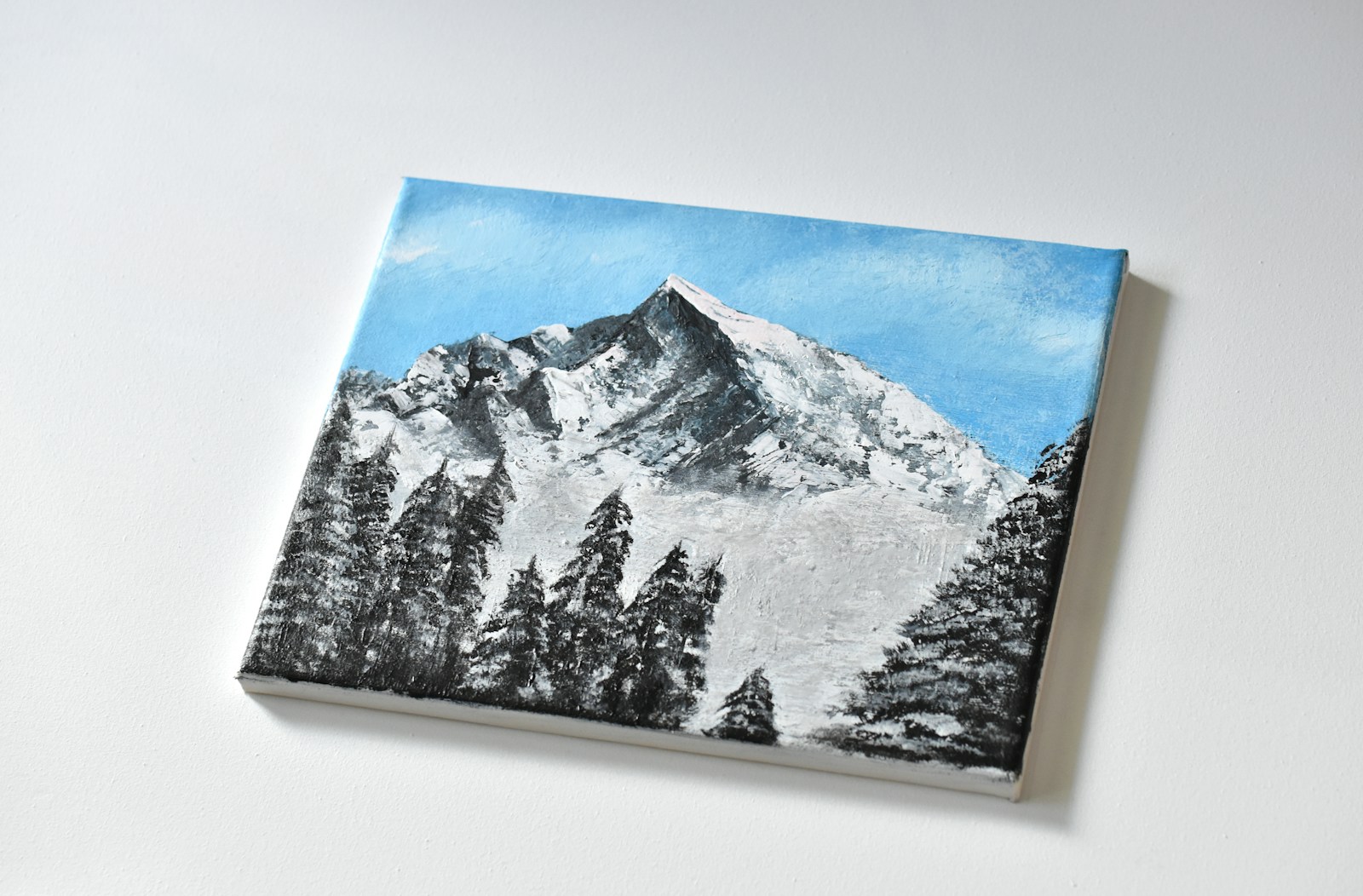Canvas art has played a central role in the development of visual culture, reflecting social, religious, and political changes across centuries. From its origins in the early Renaissance to its widespread use in contemporary art, canvas has evolved as both a medium and a cultural symbol. The history of canvas art is not merely a story of technique but also one of innovation and creative expression. Hypebeast canvas art is also very popular today.
Origins and Early Use
Before canvas became widely adopted, artists painted on wood panels, walls, and other surfaces. The transition to canvas began in the early 15th century, particularly in Italy and Northern Europe. Canvas, made from tightly woven fabric (traditionally linen or hemp), offered several advantages: it was lighter, easier to transport, and more durable than wood. The use of oil paint on canvas was perfected by early Flemish painters such as Jan van Eyck, who demonstrated that the surface could hold fine details and rich colors.
Renaissance and the Rise of Canvas
By the 16th century, the use of canvas had become more widespread, especially in Venice. The damp climate of Venice made wood panels susceptible to warping, so artists like Titian and Tintoretto turned to canvas as a practical alternative. The size flexibility of canvas also allowed for grander compositions, which suited the dramatic and expressive style of the High Renaissance.
Baroque and Beyond
In the 17th century, Baroque painters such as Caravaggio, Rembrandt, and Rubens used canvas to depict intense emotion, realism, and dynamic movement. Canvas became the dominant painting surface across Europe. The affordability of canvas compared to wood also made it more accessible, allowing a broader range of artists to use it.
During the 18th and 19th centuries, canvas continued to be the standard surface for most painters. Academic and neoclassical painters, such as Jacques-Louis David and Jean-Auguste-Dominique Ingres, used it for their highly detailed and polished works. At the same time, Romantic and Impressionist artists like Delacroix, Monet, and Renoir embraced the texture and absorbency of canvas to explore light, color, and emotion in new ways.
The Modern Era
The 20th century witnessed radical changes in how canvas was used. With the rise of modernism, artists began to challenge traditional forms and techniques. Pablo Picasso and Georges Braque experimented with cubism on canvas, while abstract expressionists like Jackson Pollock redefined the relationship between artist, medium, and surface by dripping and pouring paint directly onto unstretched canvas on the floor.
Canvas also became a field for conceptual exploration. Artists like Mark Rothko and Barnett Newman used it to convey vast emotional spaces through color fields, while others, such as Lucio Fontana, physically pierced and slashed the canvas, questioning the boundaries of painting itself.
Contemporary Canvas Art
Today, canvas remains one of the most popular and versatile materials in art. It is used in traditional oil and acrylic painting, street art, digital printing, and mixed media works. Contemporary artists continue to innovate with canvas, incorporating it into installations, sculptures, and performance art. Despite the rise of digital media, the tactile, physical presence of canvas art still holds a unique and powerful place in artistic practice.







